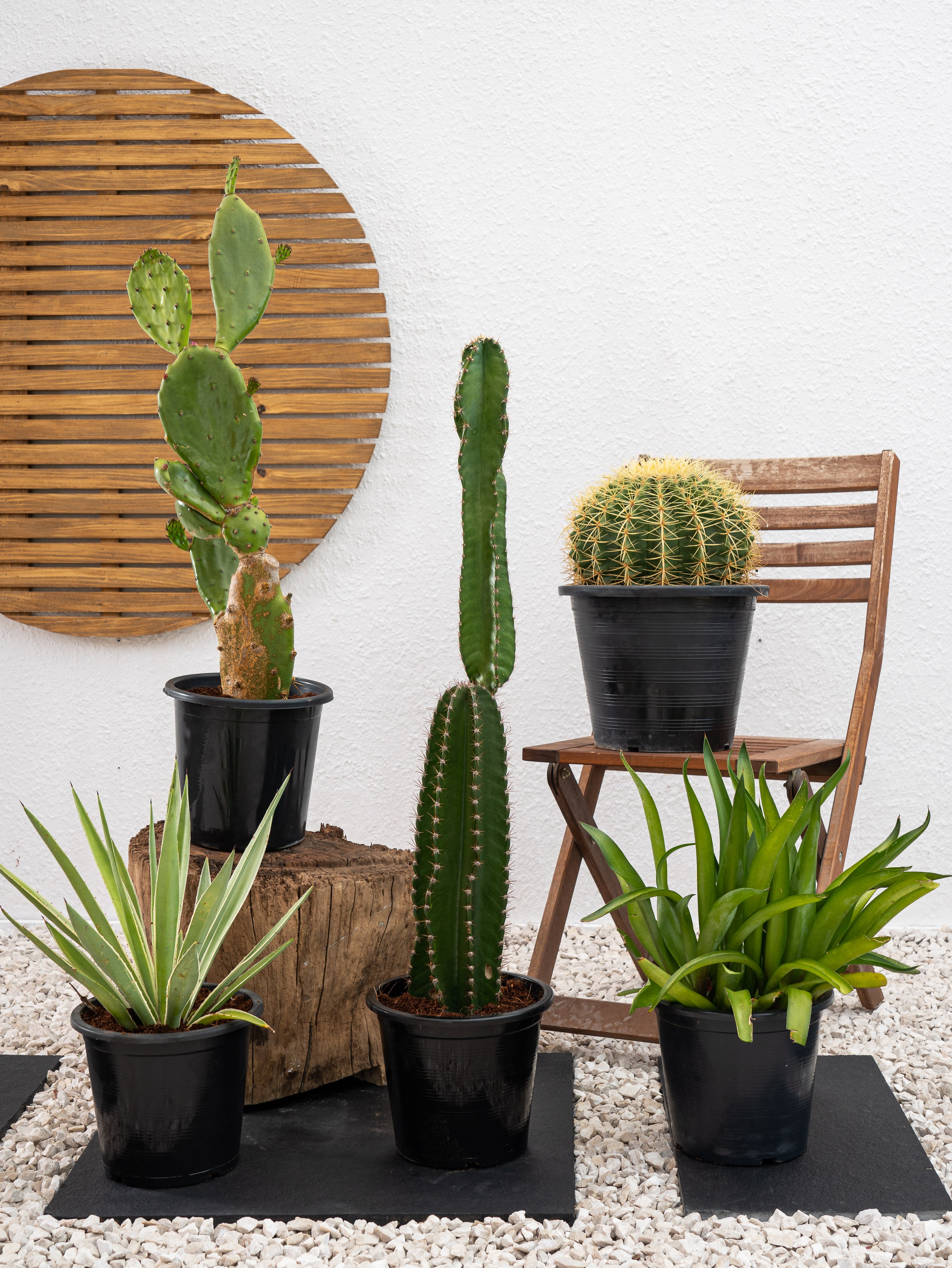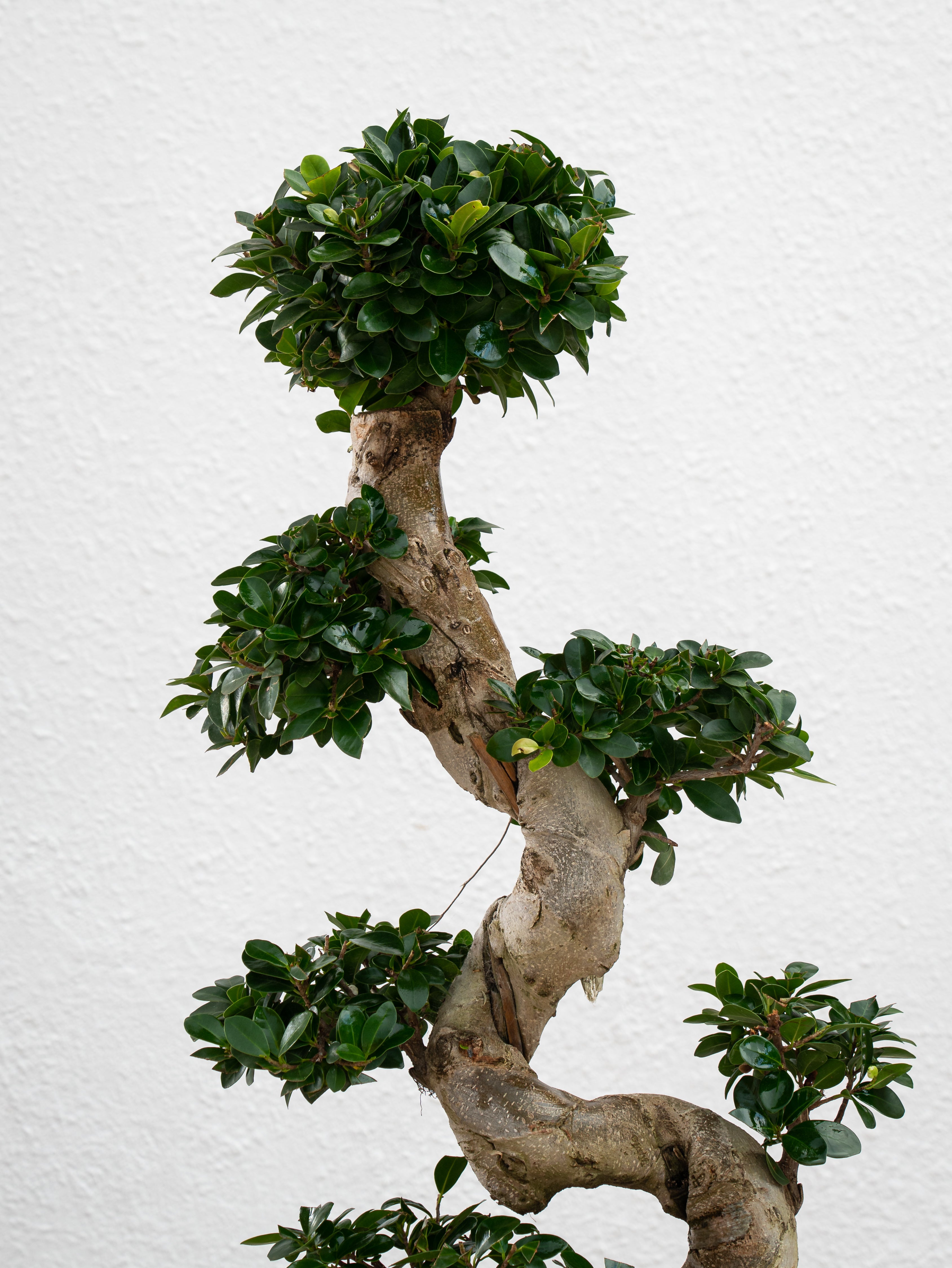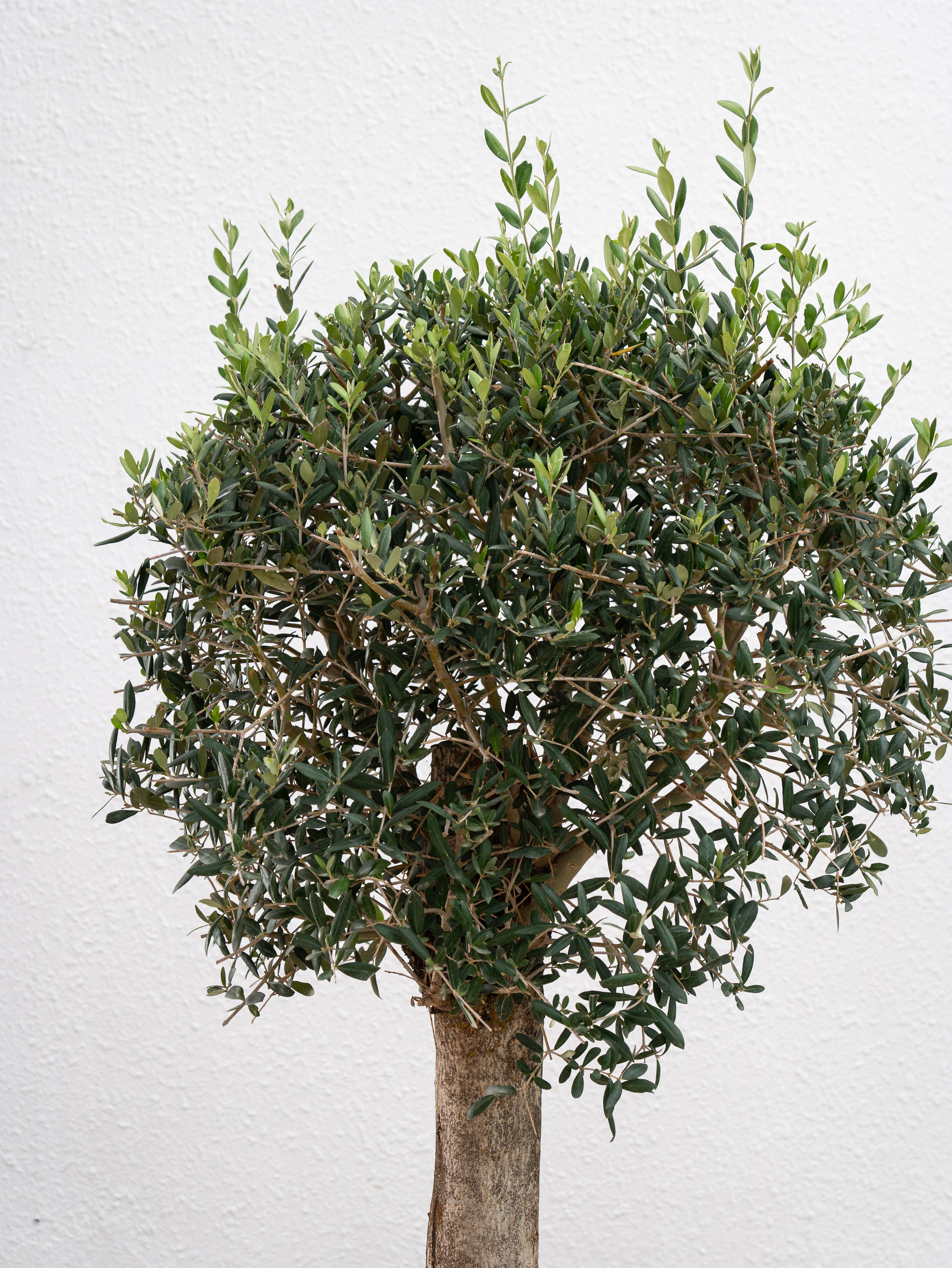The Swiss Cheese Plant (Monstera deliciosa) is adored for its lush, perforated leaves — those dramatic splits and holes known as fenestrations. But if your plant’s new leaves are solid, heart-shaped, and hole-free, it’s easy to wonder: What went wrong?
The truth is, a holeless Monstera isn’t “broken.” It’s simply communicating something about its environment. The development of fenestrations depends on light, nutrition, age, and care routines — each playing a crucial role in how your plant matures.
Let’s explore why your Swiss Cheese Plant isn’t developing those signature holes, and what you can do to bring them back naturally.

1. Understanding Fenestration: Nature’s Smart Design
Before trying to fix the problem, it helps to know why Monsteras have holes in the first place.
In the wild, these plants grow as tropical climbers beneath the dense canopies of Central American rainforests. As they ascend trees, they adapt to patchy sunlight filtering through upper leaves.
Fenestrations serve two key evolutionary purposes:
- Light optimization: The holes allow lower leaves to capture light without shading the ones beneath them.
- Wind resistance: Large leaves with perforations can handle tropical gusts without tearing.
So, when your Monstera doesn’t produce holes indoors, it’s not getting the cues nature expects — mainly strong but filtered light and consistent nourishment to support vertical, mature growth.
2. The Role of Light in Leaf Development
a. Bright, Indirect Light Is Key
Light is the most critical factor behind fenestration. A Swiss Cheese Plant exposed to insufficient light focuses on survival — not on growing complex leaves. Without enough photosynthetic energy, it simply can’t afford to produce holes.
Optimal light conditions:
- 6 to 8 hours of bright, indirect sunlight daily.
- A position near an east or south-facing window with filtered light.
- Avoid harsh midday sun, which can scorch leaves.
If you’re using artificial light, choose full-spectrum grow lights (400–700 nm), mimicking the natural balance of red and blue light. Keep the light around 12–18 inches above the plant for best results.
b. Signs Your Monstera Needs More Light
- New leaves are small and solid, with no splits or holes.
- Growth slows or stops completely.
- The plant starts leaning toward the nearest light source.
- Lower leaves yellow or drop prematurely.
Fix: Rotate your plant every two weeks for even exposure, or move it closer to a bright window. If natural light is limited, supplement with LED grow lights for at least 10 hours per day during darker months.
3. Age and Maturity Matter
Younger Monstera plants rarely have fenestrated leaves. The iconic “Swiss cheese” effect begins only as the plant matures and gains the strength to produce more elaborate foliage.
Typically:
- Seedlings (0–1 year): Solid, heart-shaped leaves.
- Juveniles (1–2 years): Slight splits begin appearing.
- Mature plants (2+ years): Deep perforations and multiple splits on each leaf.
Patience is part of Monstera care. If your plant is young, ensure proper care, and fenestrations will come naturally as it grows.
4. Nutrient Deficiencies: The Hidden Factor
Even with perfect lighting, a nutrient imbalance can stunt fenestration. Monsteras require a steady supply of macronutrients (N-P-K) and trace minerals to support new leaf formation.
Key nutrients for fenestration:
- Nitrogen (N): Fuels foliage growth and chlorophyll production.
- Phosphorus (P): Strengthens roots and cellular development.
- Potassium (K): Improves overall vigor and leaf structure.
- Magnesium & Iron: Prevent chlorosis (yellowing) and ensure proper energy conversion.
Use a balanced liquid fertilizer (20-20-20 or 10-10-10) every 3–4 weeks during spring and summer. Dilute to half strength to avoid root burn.
Organic boosters like banana peel water, compost tea, or seaweed extract also work well to provide trace minerals and natural growth hormones.
Signs of Nutrient Deficiency
- Faded leaf color (especially pale new leaves).
- Weak stems or drooping leaves.
- Slow growth even in bright light.
If your Monstera is healthy but holeless, a nutrition boost could make the difference within 1–2 new growth cycles.
5. Support and Growth Direction
Monsteras are climbing plants by nature. When they have a sturdy support — like a moss pole or trellis — they sense vertical growth potential, which triggers maturity and fenestration.
Without vertical support, they sprawl outward, staying in a juvenile growth pattern with smaller, solid leaves.
Encourage vertical growth by:
- Installing a moist moss pole or coir stick.
- Tying stems loosely with soft ties or twine.
- Keeping the pole slightly damp to mimic natural humidity.
As aerial roots anchor into the pole, the plant receives chemical cues to start producing larger, hole-filled leaves.
6. Humidity and Air Circulation
Tropical plants like the Swiss Cheese thrive in 60–80% humidity. In dry indoor environments, particularly with air conditioning or heating, humidity often dips below 40%, which can slow or distort leaf development.
Solutions:
- Use a humidifier or place the pot on a pebble tray filled with water.
- Mist occasionally, but avoid wetting the leaf base to prevent rot.
- Group plants together to create a natural microclimate.
Steady humidity not only supports lush growth but also helps leaves unfurl cleanly — preventing tears that can mimic (but don’t count as) fenestrations.
7. Temperature and Seasonal Changes
Temperature fluctuations affect leaf quality and growth rhythm. The ideal range is 18–28°C (65–82°F).
When the temperature drops below 16°C (60°F), your Monstera’s metabolism slows, and new leaves may remain small and un-split.
Keep the plant away from:
- Cold drafts (windows or AC vents)
- Radiators or heating pipes
- Direct airflow from fans
A stable, warm environment mimics tropical stability and supports consistent fenestration.
8. Water Quality and Root Health
Unhealthy roots lead to nutrient absorption issues — indirectly stopping fenestration. Chlorinated or hard tap water can accumulate salts in the soil, restricting oxygen flow and root function.
Tips:
- Use filtered, rain, or distilled water.
- Ensure soil drains freely — mix 40% perlite or orchid bark.
- Avoid waterlogging: water only when the top 2 inches of soil are dry.
Healthy roots equal energetic growth, which equals more fenestrations.
9. Pruning and Encouraging New Growth
Pruning encourages the plant to redirect energy into stronger stems and new leaves. Remove:
- Yellow or damaged leaves.
- Leggy stems with weak, solid leaves.
Trim just above a node — new shoots will emerge with better structure and potential for holes. Combine pruning with proper support and light for maximum effect.
10. Patience and Observation: Every Leaf Tells a Story
Remember, not every leaf will have holes — even on a thriving Monstera. New leaves may appear solid and develop fenestrations as they mature. Observe your plant’s rhythm; environmental improvements often take one or two growth cycles to show visible change.
A well-fed, well-lit Monstera will reward you with increasingly perforated leaves that represent balance between care, patience, and environment.
Final Thoughts: Creating Ideal Conditions for Fenestration
If your Swiss Cheese Plant isn’t developing holes, it’s sending subtle feedback:
- “I need more light.”
- “Feed me better.”
- “Let me climb.”
- “Give me humidity.”
By addressing these cues, you’ll create a near-natural environment where your Monstera feels confident enough to “grow up” — quite literally.
Within a few months, those solid leaves will be replaced by intricate patterns of green artistry — the true sign of a happy, thriving Swiss Cheese Plant.













Leave a comment
This site is protected by hCaptcha and the hCaptcha Privacy Policy and Terms of Service apply.